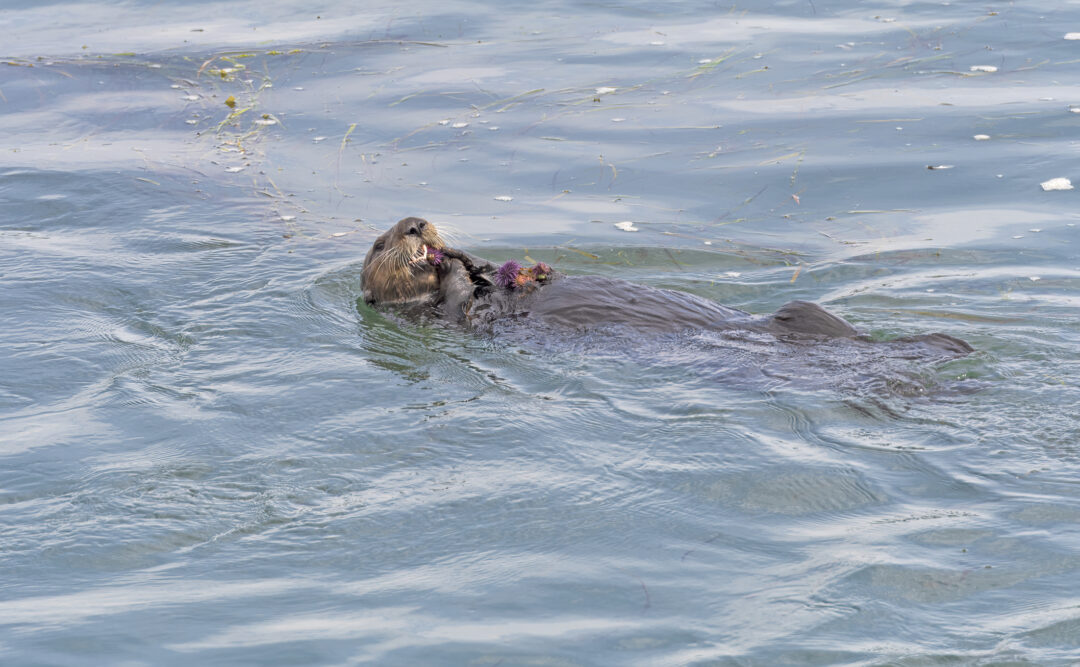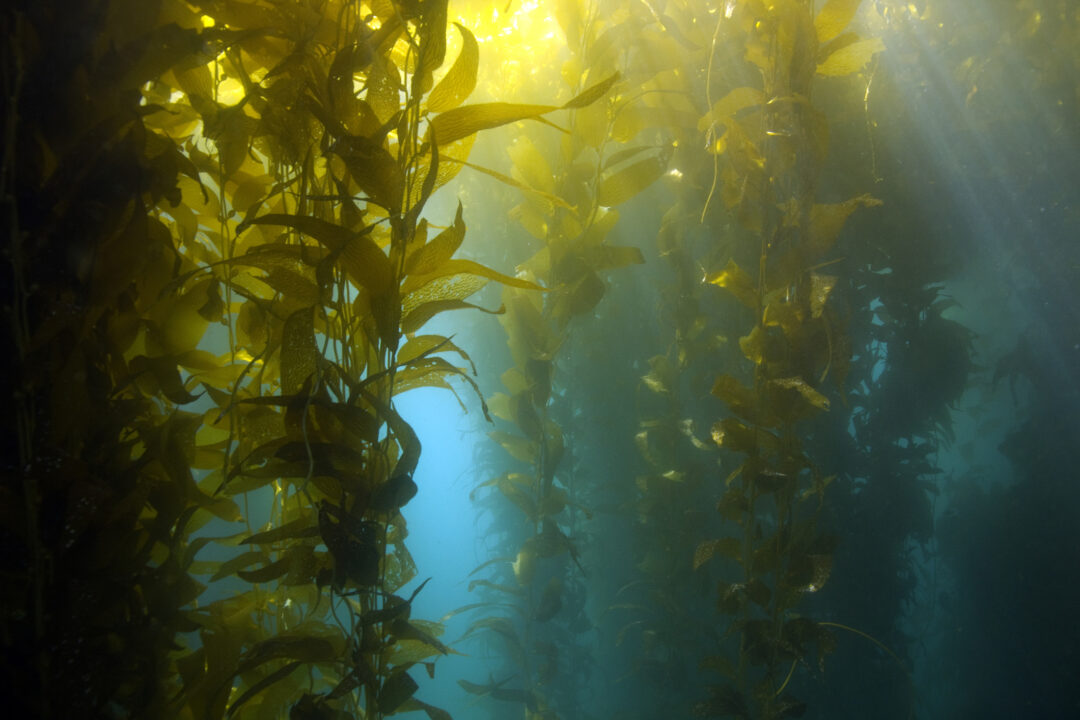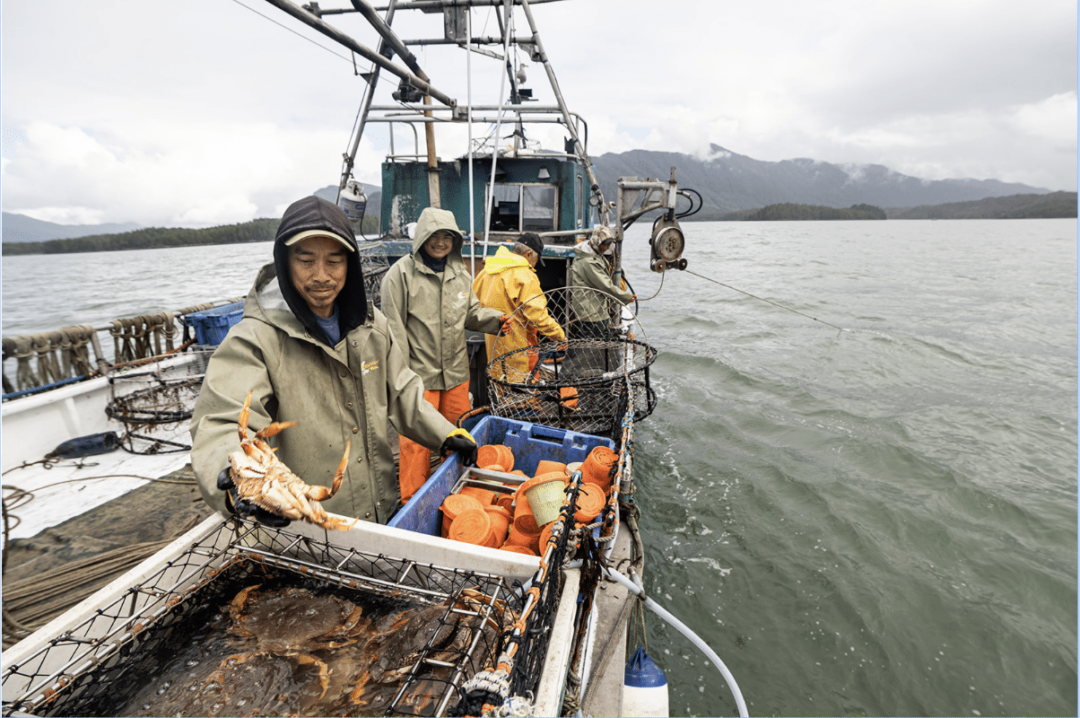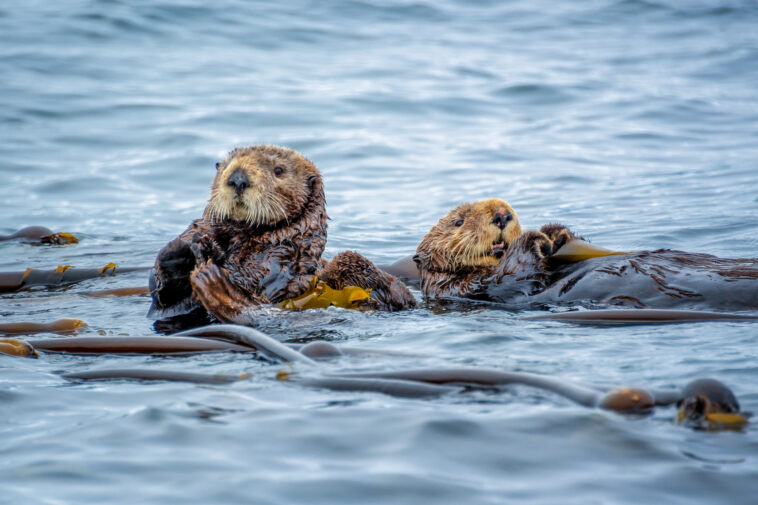A controversial ecological shift has been taking place on the West Coast in recent years – the return of sea otters to their historical habitats. Once on the brink of extinction due to overhunting for their highly-coveted pelts, sea otters have been making a slow but steady comeback.
This resurgence, however, comes with both critics and proponents. Many communities disdain these creatures as they interfere with vulnerable ecosystems, while others are celebrating the sea otter revival after they nearly disappeared from the planet forever.
Near Otter Extinction
For millennia, northern sea otters lived in a state of balance with nature and Indigenous Peoples of the West Coast, who utilized otter pelts – prized for being the densest fur in the world – for clothing and more. When fur traders arrived in the 19th century, they hunted the otter population down from 300,000 to barely 1000.
The impact of their near extinction was significant because otters are a keystone species and play a crucial role in maintaining the equilibrium of kelp forests. By preying on sea urchins, which are natural kelp grazers, otters prevent overgrazing and ensure the health of dense kelp beds. The otters’ disappearance disrupted this balance and allowed sea urchins to move in and decimate these important underwater ecosystems.

BC’s otter population remained in decline for most of the twentieth century until the sea otters were placed under the protection of the Species At Risk Act. In the early 1970s, scientists reintroduced 89 sea otters into our coastal waters, and over the decades, their numbers have grown exponentially.
Revival Brings Benefits
The good news is that the recent resurgence in sea otter populations has seen kelp forests in places like Haida Gwaii once again thriving. Healthy kelp forests, facilitated by the otters’ presence, absorb and store substantial amounts of carbon dioxide, also known as blue carbon, which is essential for climate change mitigation. Kelp environments are also a crucial fish habitat and have been supporting the rise in salmon, rockfish, and lingcod stocks.
A 2020 study by University of British Columbia (UBC) researchers found that the reintroduction of sea otters to BC’s shores added almost $50 million yearly to the province’s economy – even though the creatures also eat up certain valuable fisheries.
Dr. Kai Chan, Professor at the Institute for Resources, Environment and Sustainability at UBC, was one of the study’s co-authors. “Basically, what’s happening is that kelp forests [become] such richly productive habitats when sea otters are there to eat the urchins that clear cut those kelp forests. Then that productivity gets exported all over the continental shelf,” he explained in an interview with The Skeena.

Chan said his team found evidence of kelp forests’ substantial positive impacts on food webs as far as 50 kilometres away. Their research further concluded that otters’ effect on kelp forests meant the “overall amount of life in the water has increased by 37 percent, which has created new fisheries worth nearly $10 million.”
Tourism has also seen a profit due to sea otters – scientists estimate an additional $42 million enters the BC economy annually thanks to enthusiastic tourists.
Negative Impact for Harvesters
However, not everyone in BC is happy to see the sea otters bouncing back; some coastal communities see them as a nuisance wreaking havoc on their ecosystems. Sea otters are voracious eaters, preying not only on sea urchins but also shellfish like clams, abalone, and crabs that otherwise may be harvested for local communities to consume or sell.
“First Nations and coastal communities were not consulted when sea otters were reintroduced 50 years ago, and many of the benefits are not reaching or remaining in them.”
Kai Chan, Professor in the Institute for Resources, Environment and Sustainability at UBC
“We found that the return of the sea otters is having a really major negative impact on some fisheries close to shore and some subsistence use by local communities [relying on] shellfish,” Chan said. Their study estimated that shellfish losses due to sea otters were around $7 million each year.
“First Nations and coastal communities were not consulted when sea otters were reintroduced 50 years ago, and many of the benefits are not reaching or remaining in them,” Chan and his team concluded in their report.
“Mixed Bag” for Communities

Nevertheless, Chan feels the issue is not clear-cut, saying many Indigenous and coastal communities recognize that sea otters bring both advantages and complications to their ecosystems. In his research, he and his team spoke to the Kyuquot First Nation on the west coast of Vancouver Island, one of the first communities to experience the impact of the otters’ resurgence.
“There are members of the Kyuquot First Nation that are really concerned because of the loss of not just fisheries, but the loss of species that they came to depend upon and use in intimate ways in ceremonies and for subsistence purposes,” he explained.
“The elders who remembered having urchins were in tears thinking about what was lost due to the sea otters,” Chan said. “But at the same time, there were some younger folks that saw the opportunities associated with the sea otters, and they were really in favour of it. So it’s a mixed bag.”
Inequity in Fisheries
Chan pointed to larger systemic issues of the current fishery, where broader inequities beyond the sea otters’ impact are hurting coastal communities. “A really key part of the story is the way that local community members and First Nations people, in general, have effectively been displaced from so many of the fisheries,” Chan said, speaking to the issue of quotas being used as investments by foreign entities, which often shuts out independent harvesters.
“Sea otters co-existed with and were managed by the Indigenous Peoples of this region for millennia before they were hunted to near extinction by the maritime fur trade.”
Edward Gregr, Ph.D. Candidate at UBC
“It used to be that those quotas were held largely by members of coastal communities. And now they are consolidated mostly in the hands of a few rich settlers, mostly not living on the coast,” he noted.
Chan’s UBC colleague and the paper’s lead author, Edward Gregr, thinks the otter conundrum provides a rich opportunity for change. “Sea otters co-existed with and were managed by the Indigenous Peoples of this region for millennia before they were hunted to near extinction by the maritime fur trade,” said Gregr in a release accompanying the study.
“Their recovery is a golden opportunity for the Government of Canada to reconcile coastal fisheries management with local communities and regional stakeholders to ensure strong, healthy coastal communities and thriving otter populations,” he stated.







